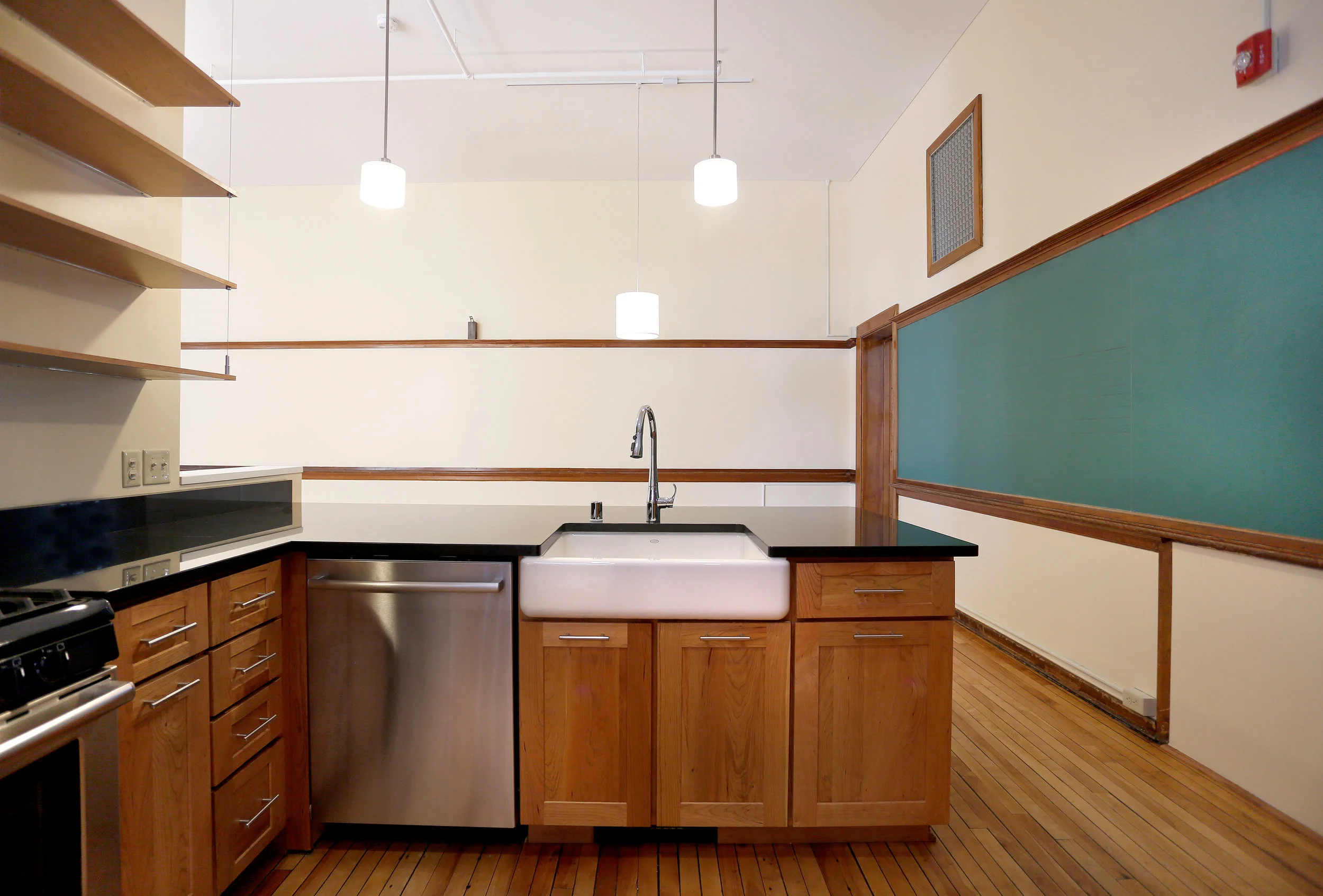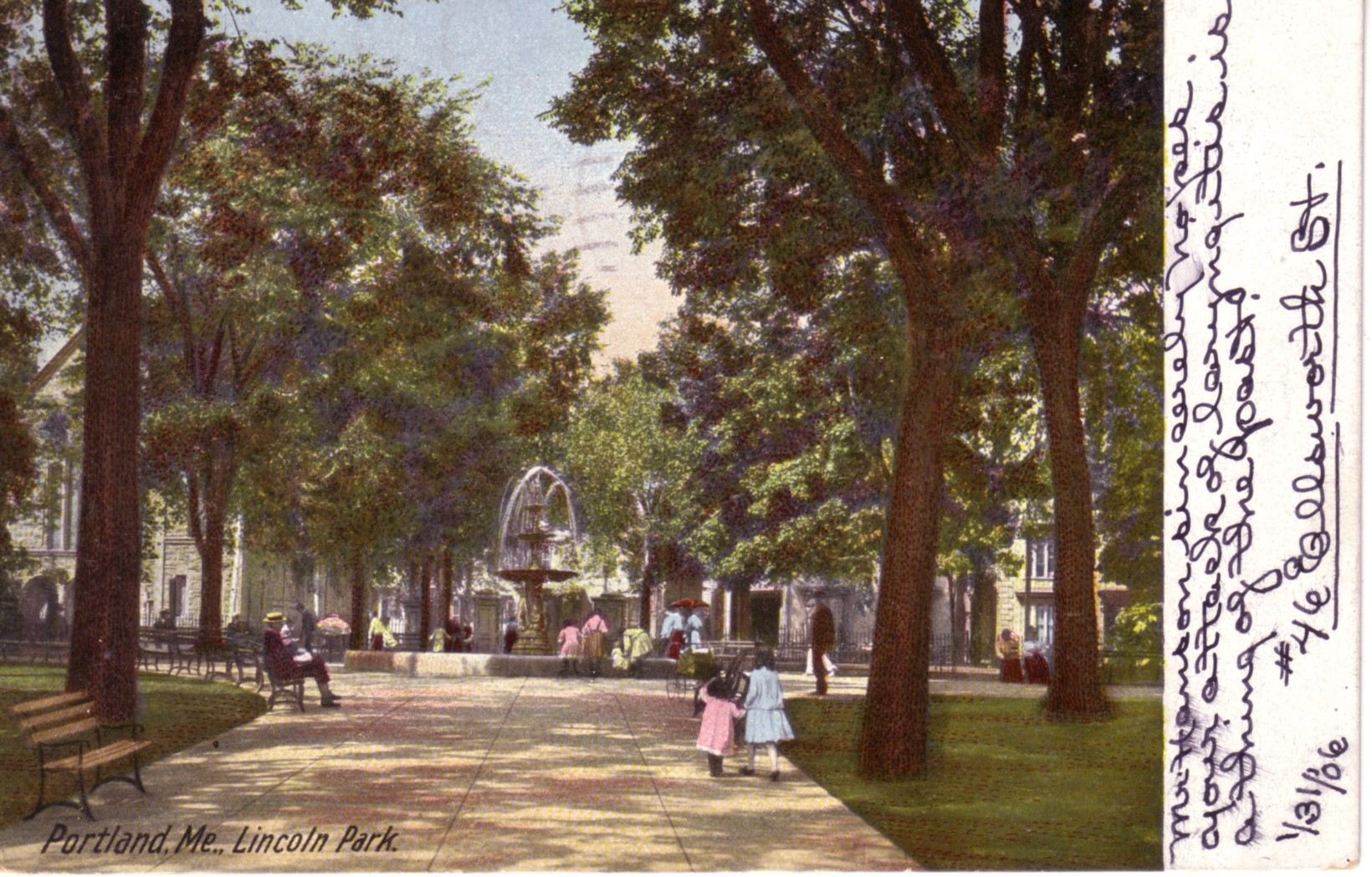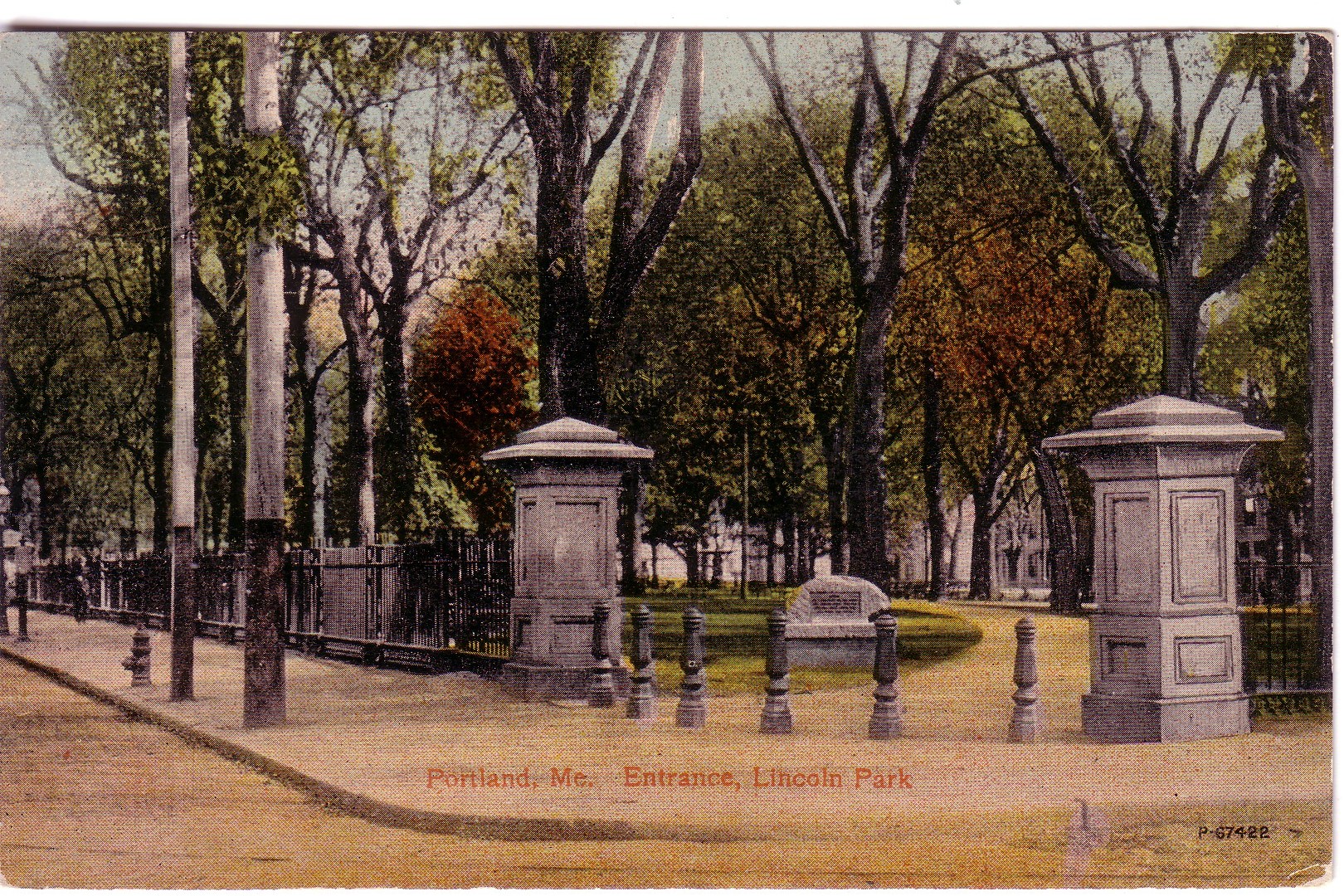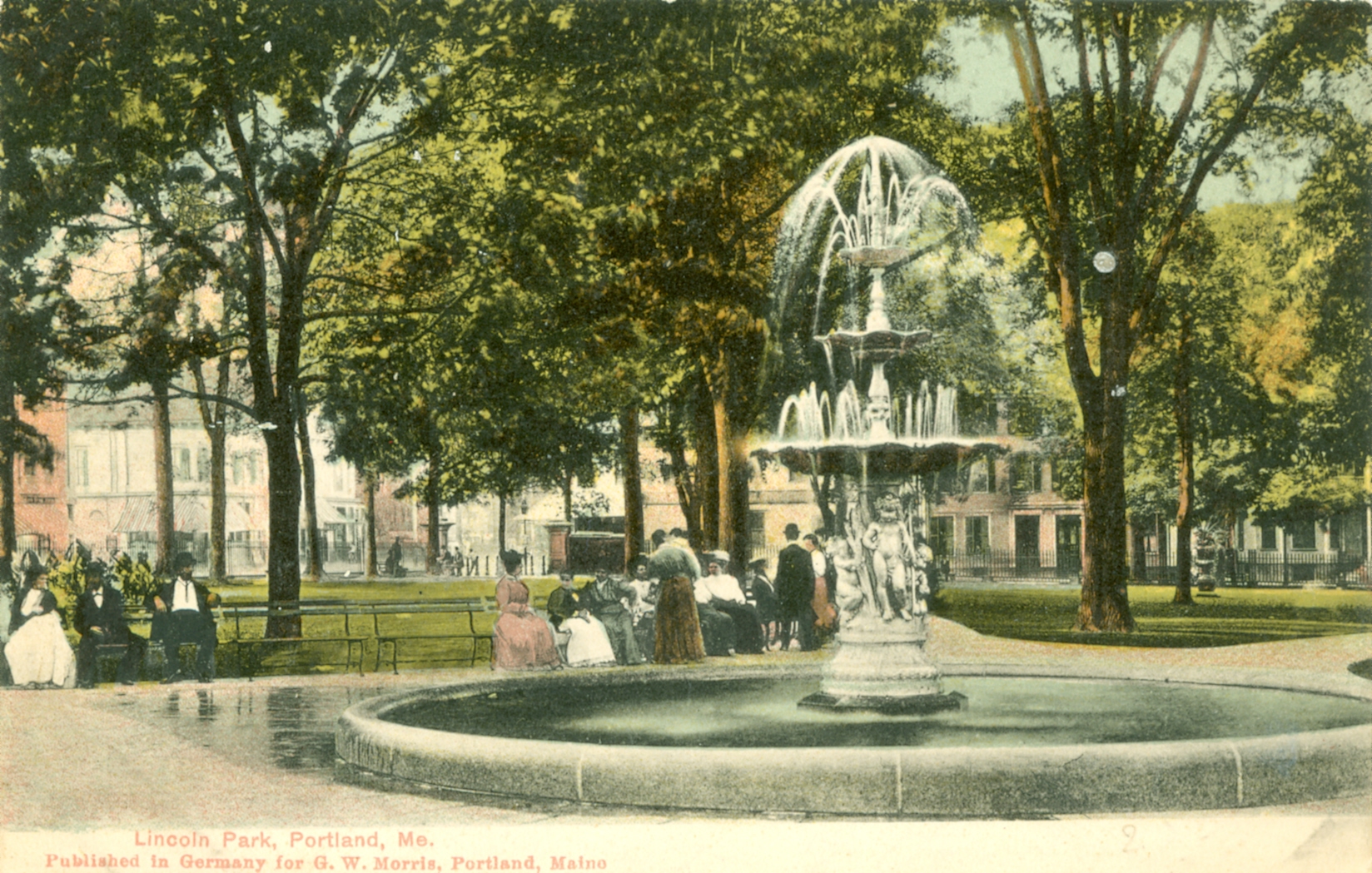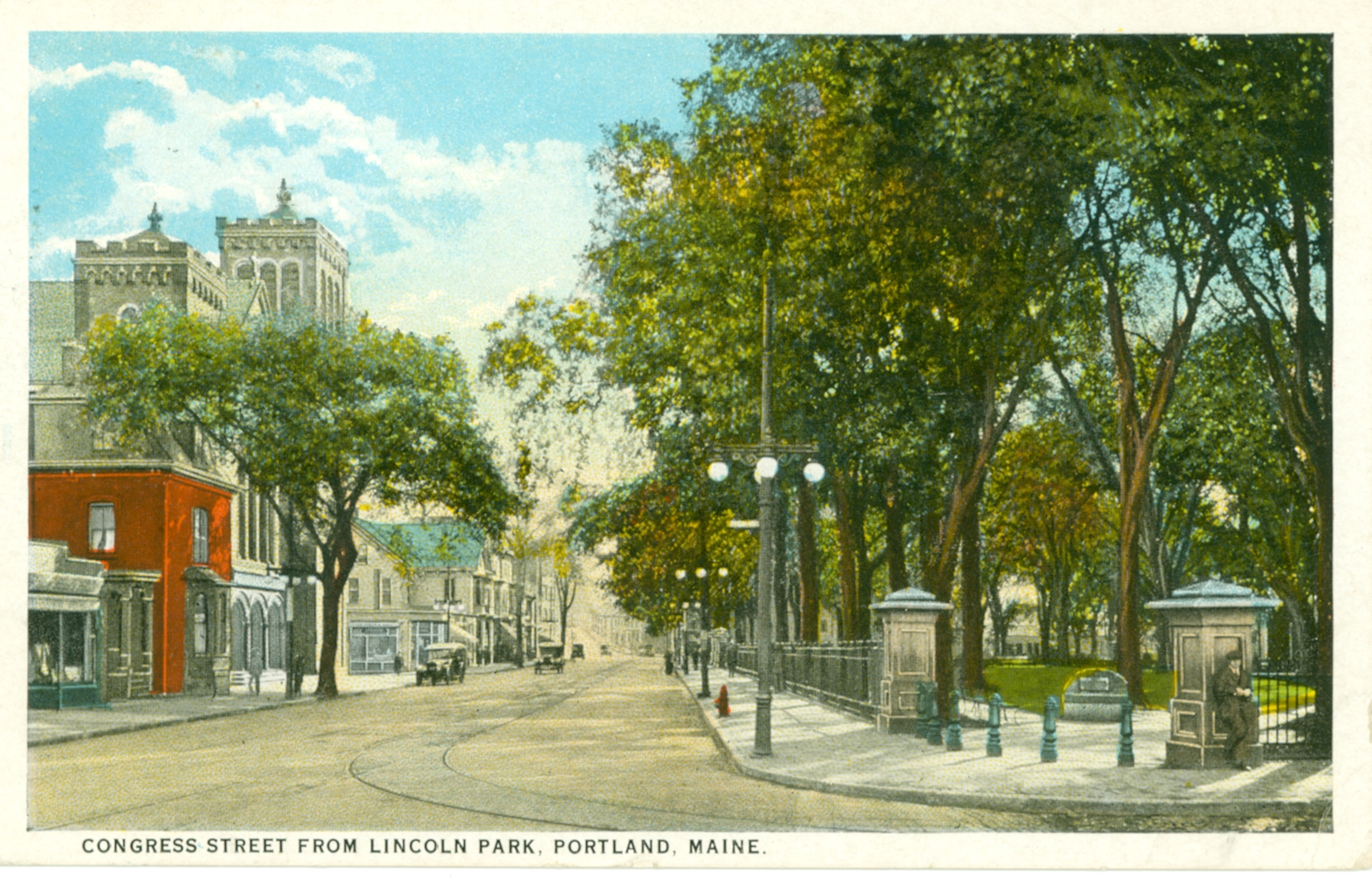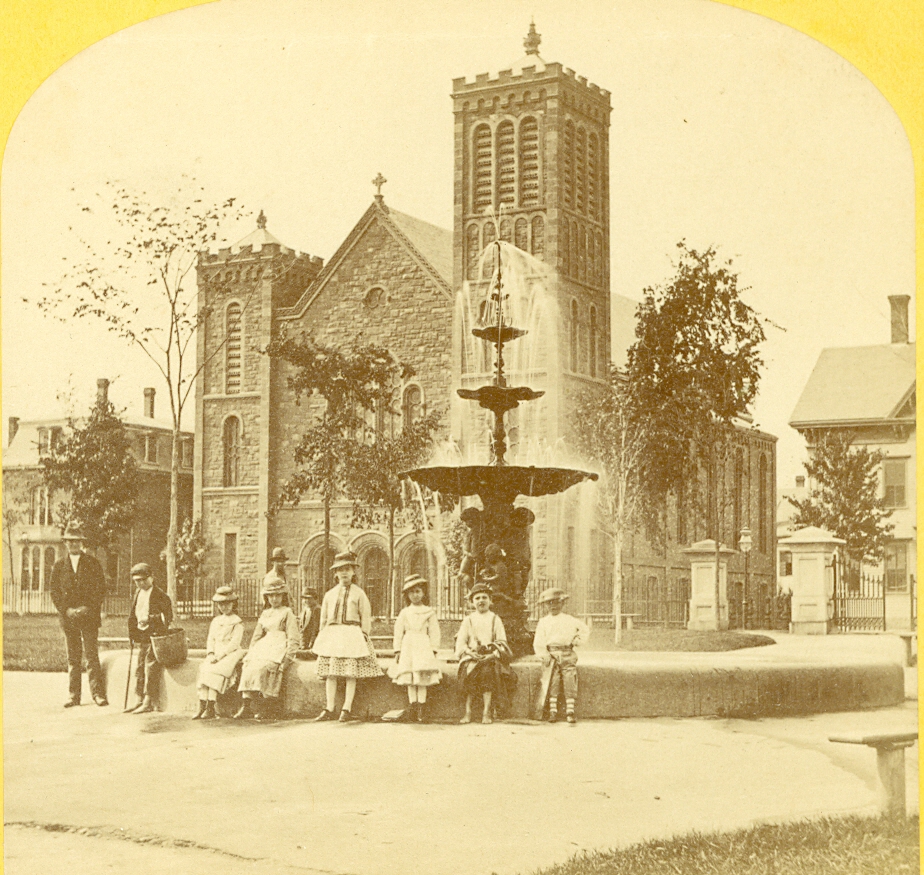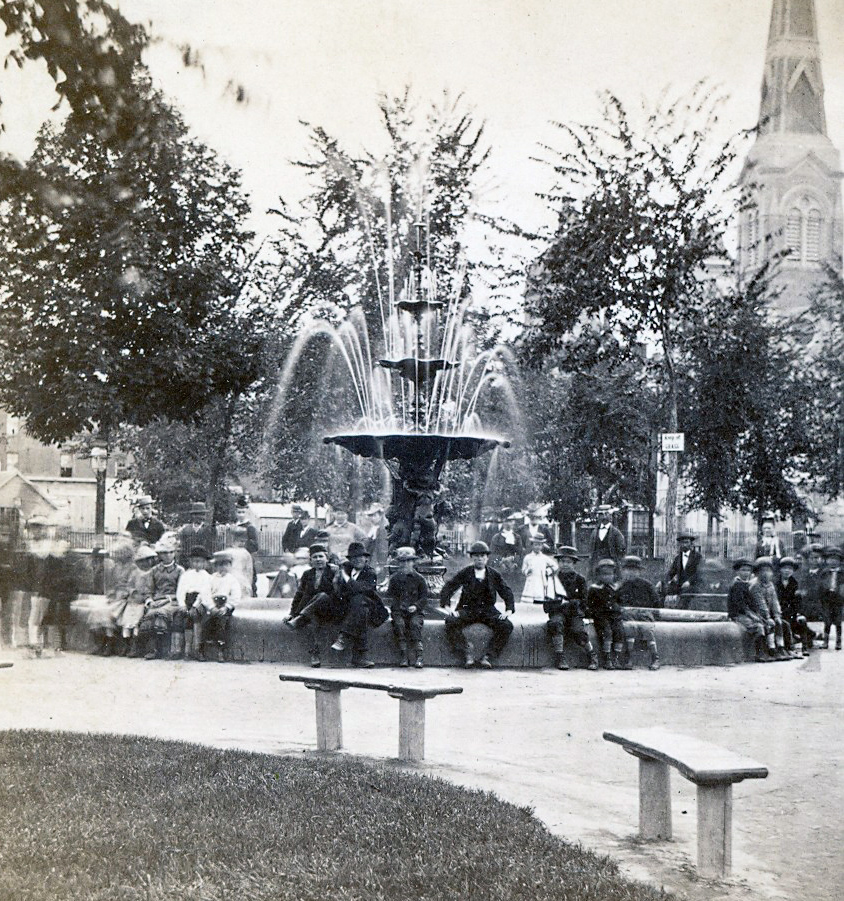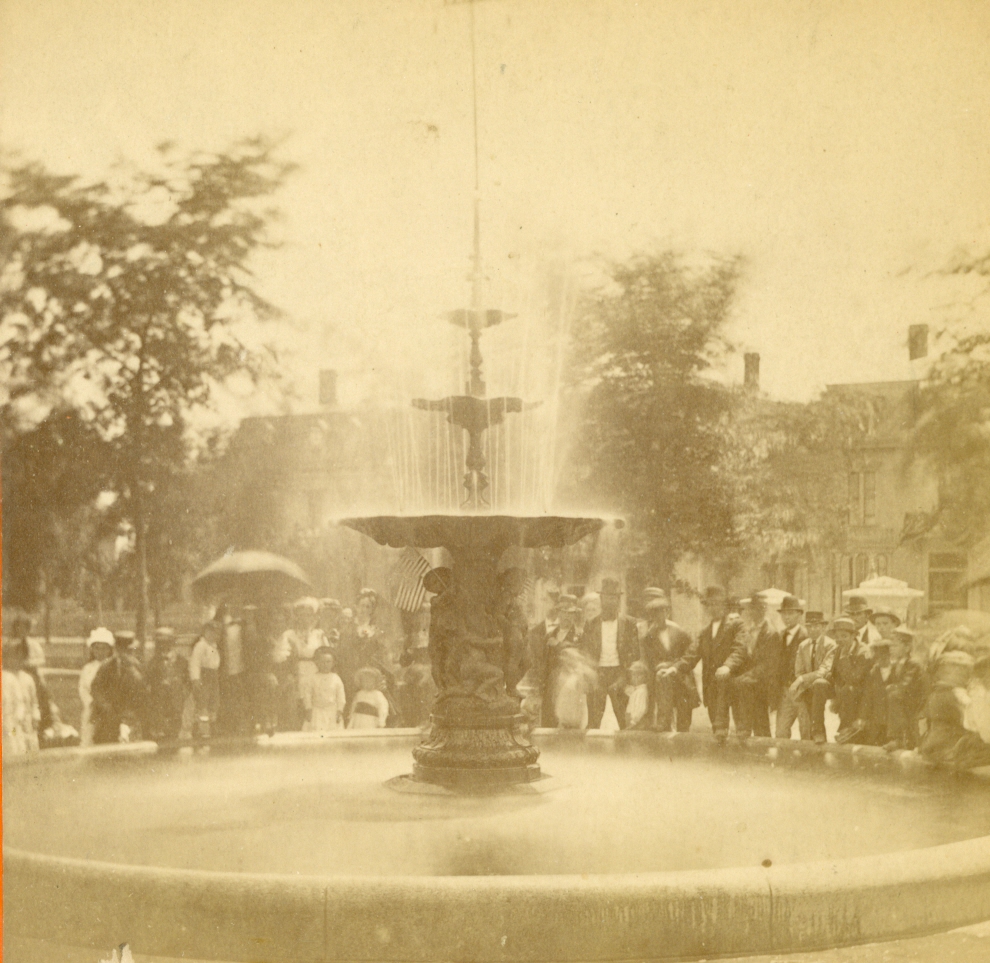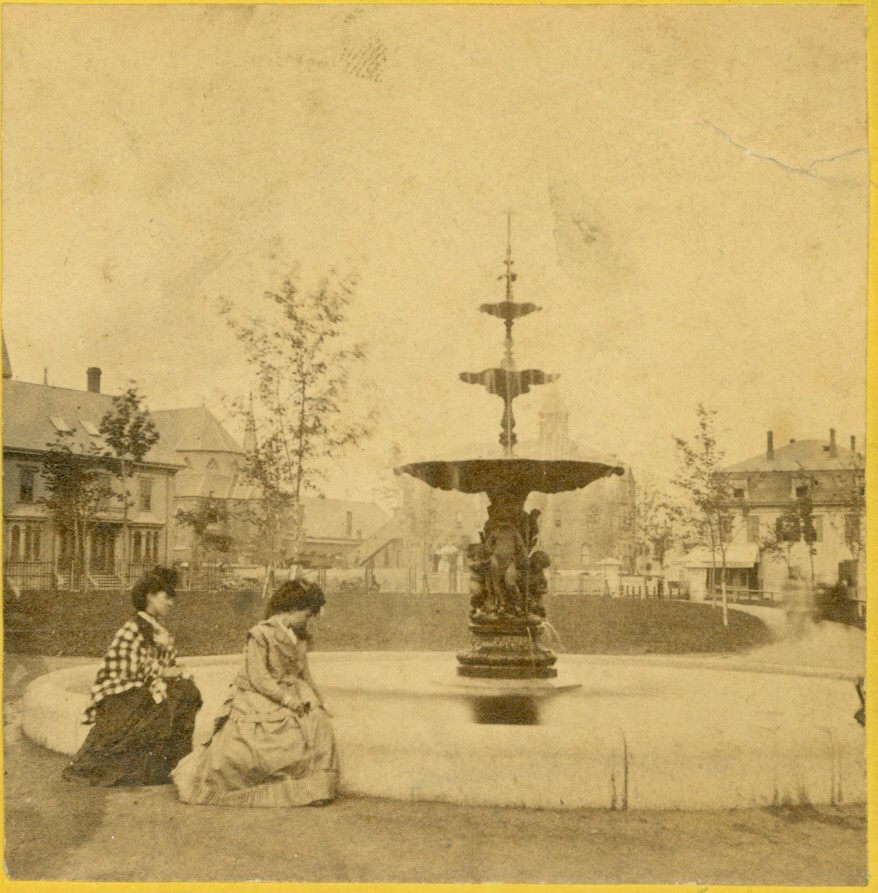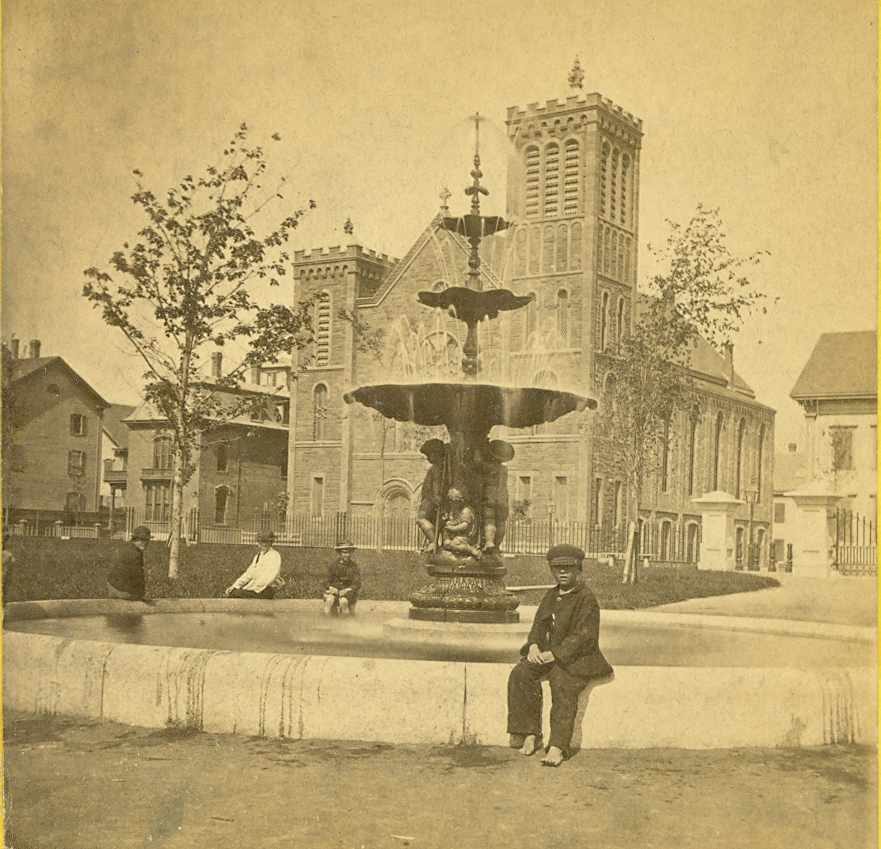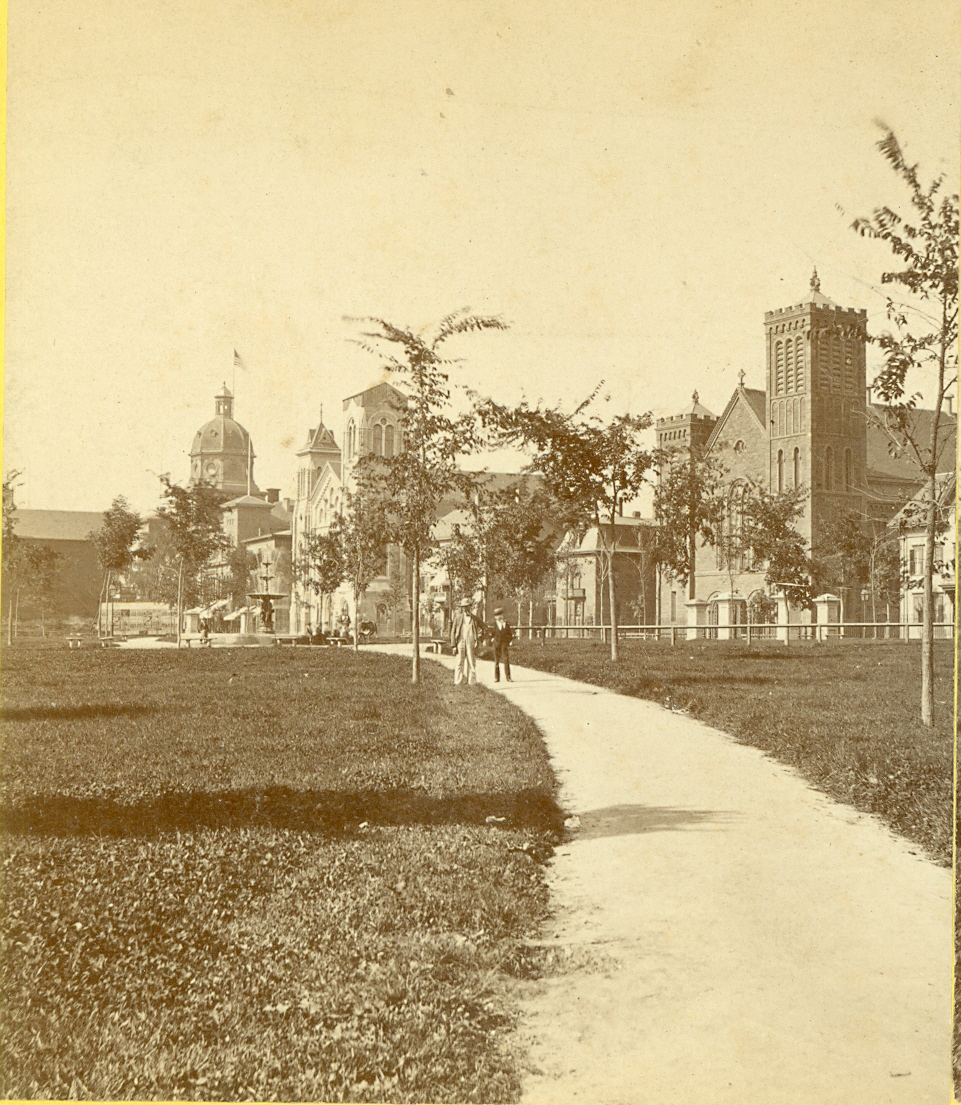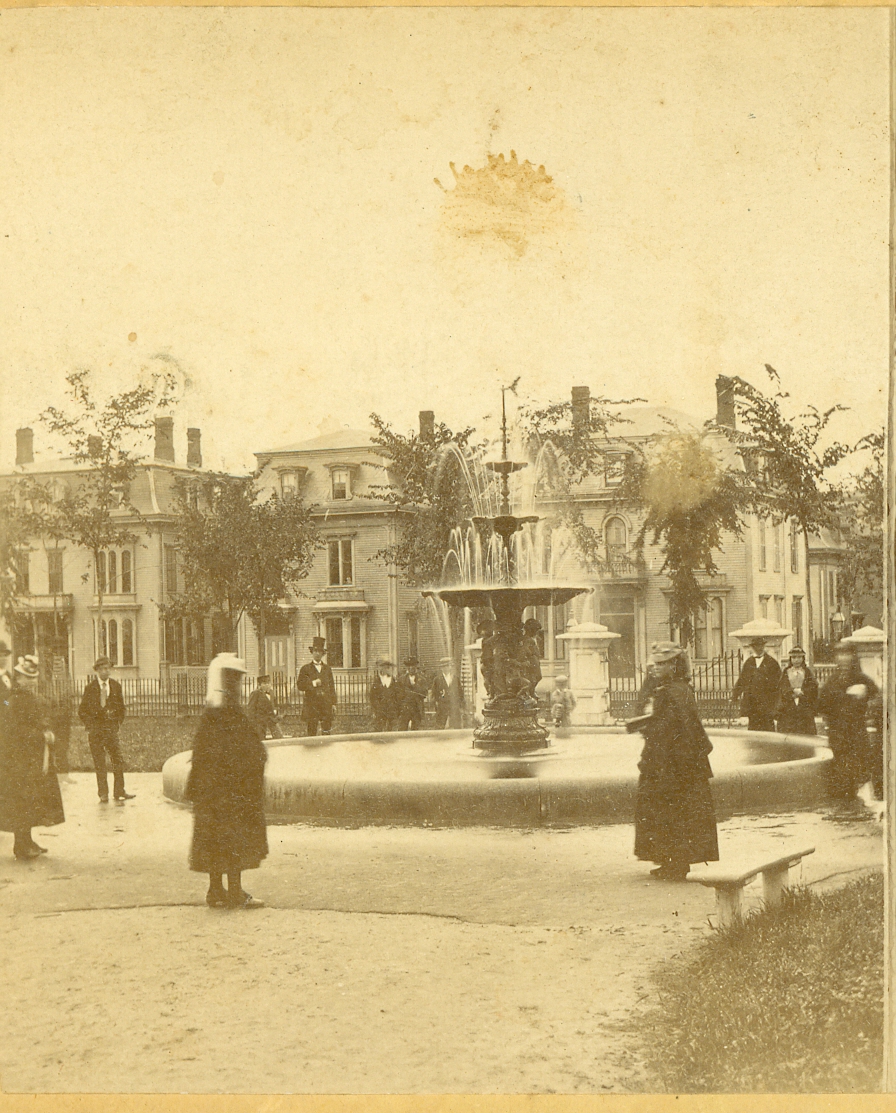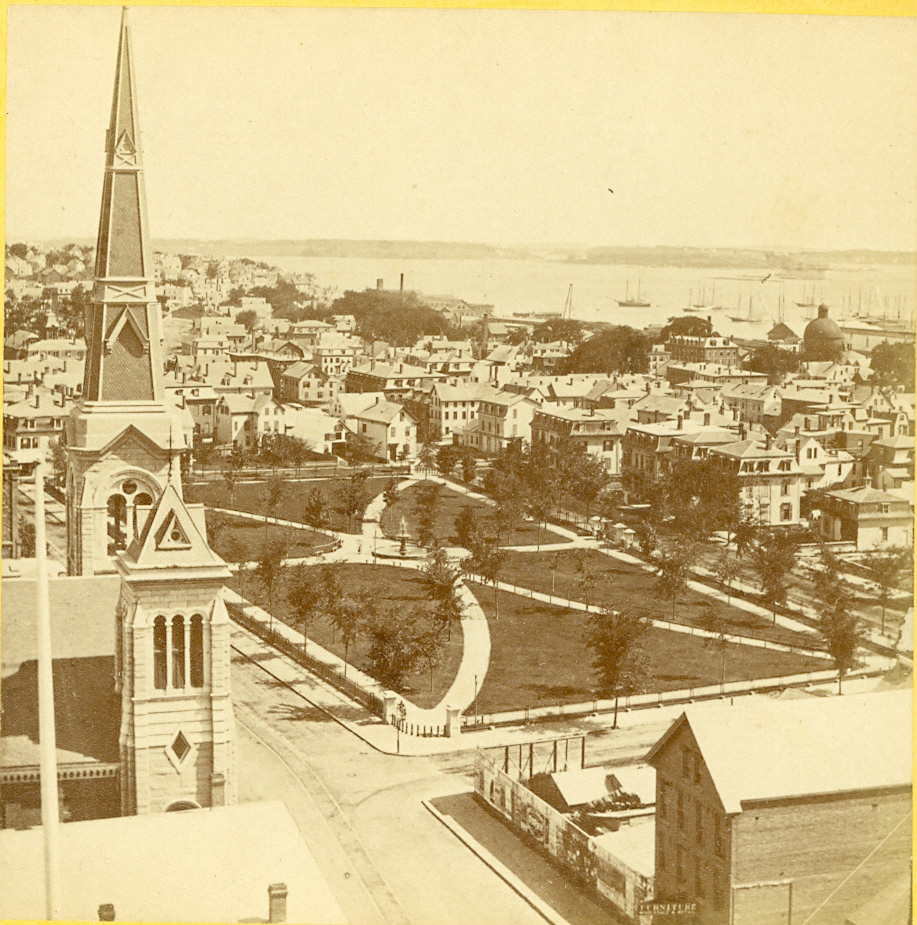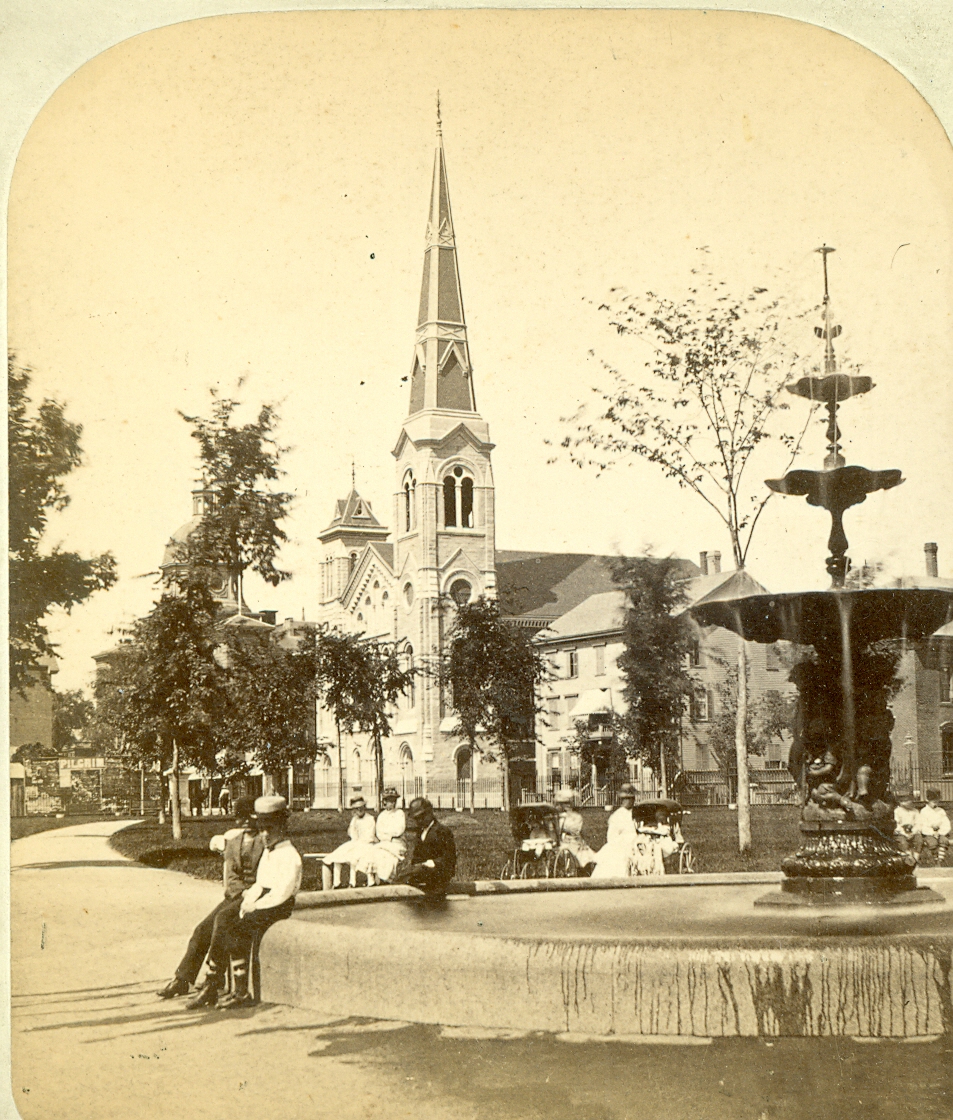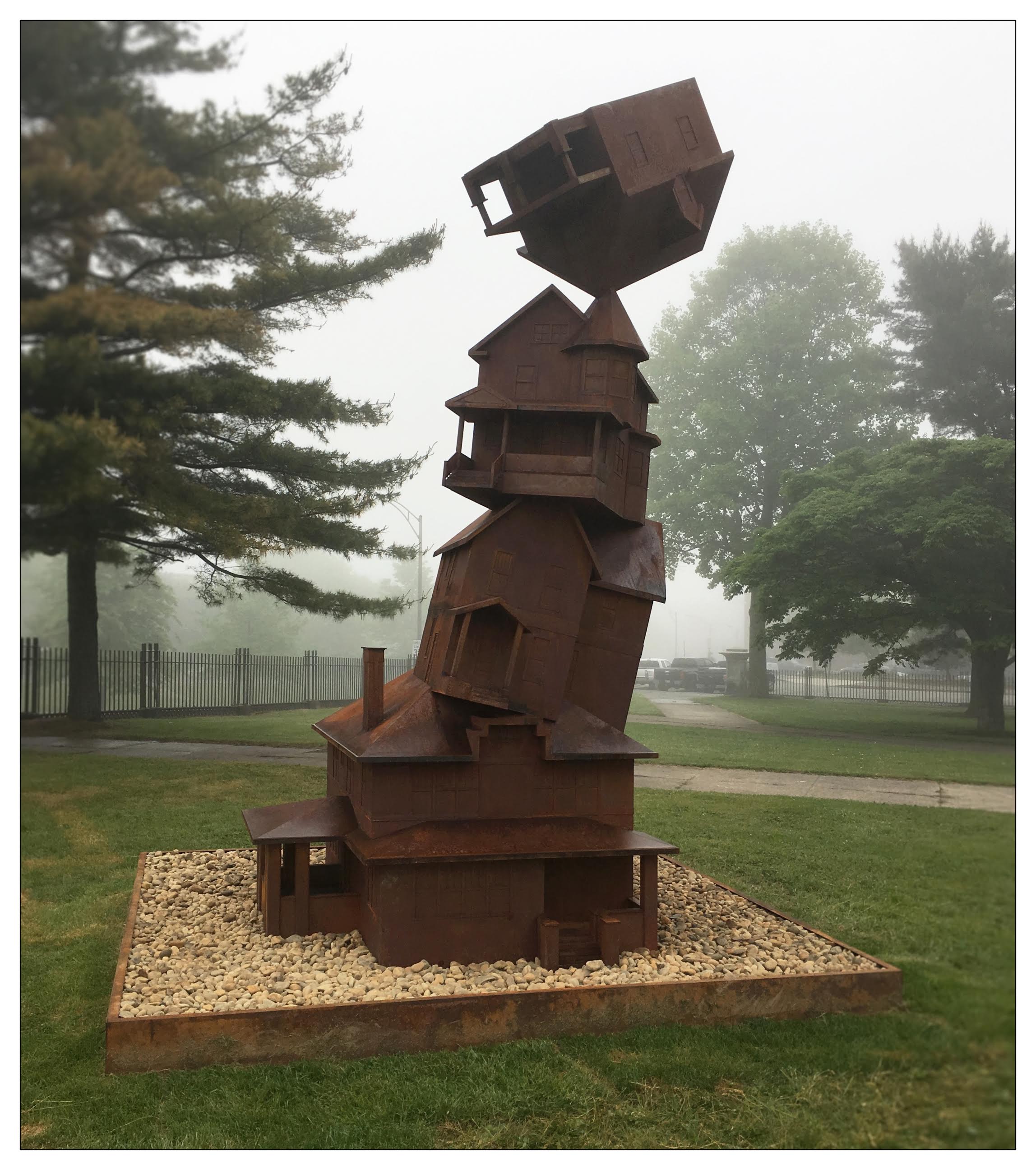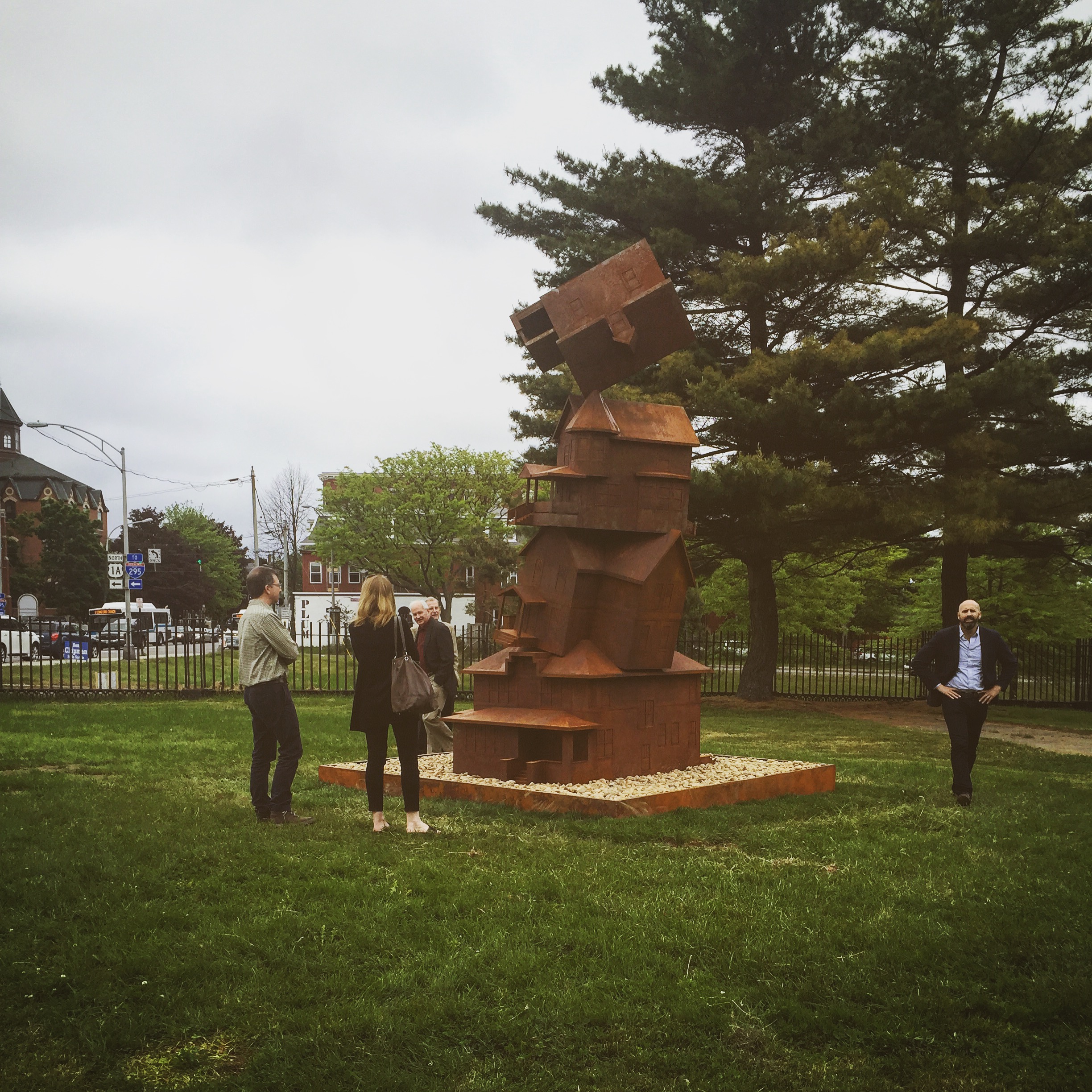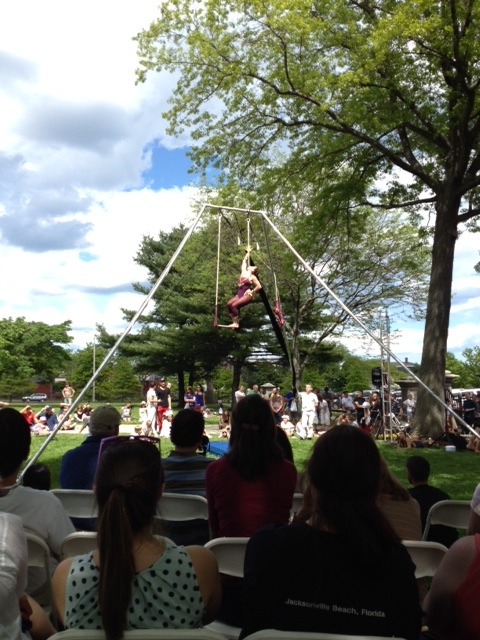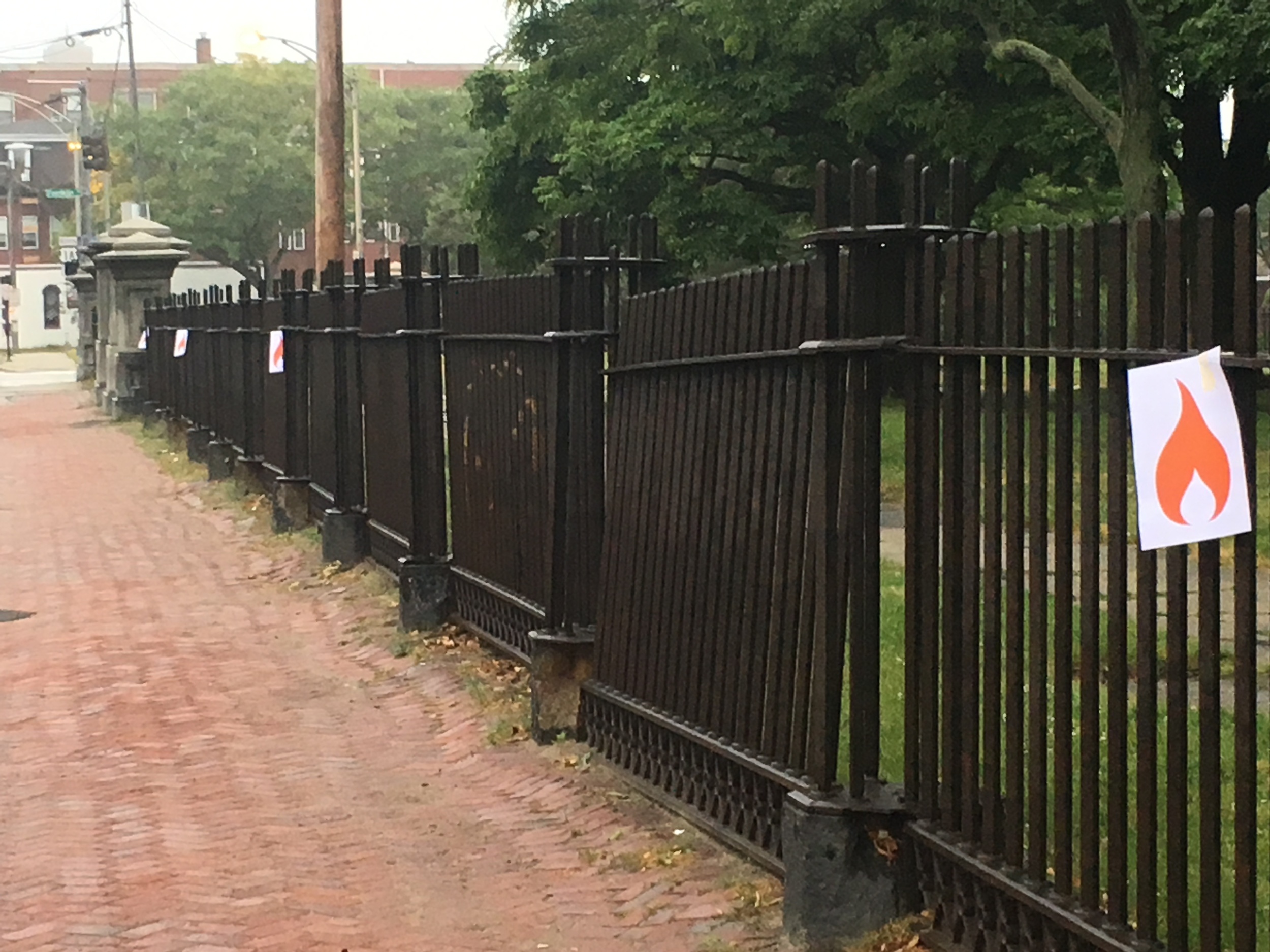1)Poetry is a good fright.
From Friday, October 21 – Monday, October 31, the Longfellow House hosts a haunted house. They even have two levels of spooky. Based on Longfellow's poem, "Haunted Houses" the event evokes the various family members that died in the Wadsworth-Longfellow House over its long history. Two tours will be offered this year; one for families and one for adults. Treats and drinks will be served. For more information, tour times, and tickets go here.
2)Gardens have their own historic timeline. Where does yours fit in?
The First Lecture in the Greater Portland Landmarks Lecture series is History in Your Own Backyard: The cultural landscape seen every day and the evolving changes in garden design. The talk will be given by award winning Historic Landscape Specialist, Lucinda Brockway. October 25, 6-7 pm, Rines Auditorium, Portland Public Library, 5 Monument Square. This lecture is free and open to the public. A $10 donation is suggested and appreciated. For more information about the event click here. Looking forward to the lecture? Read the cover article from the last observer on our blog.







